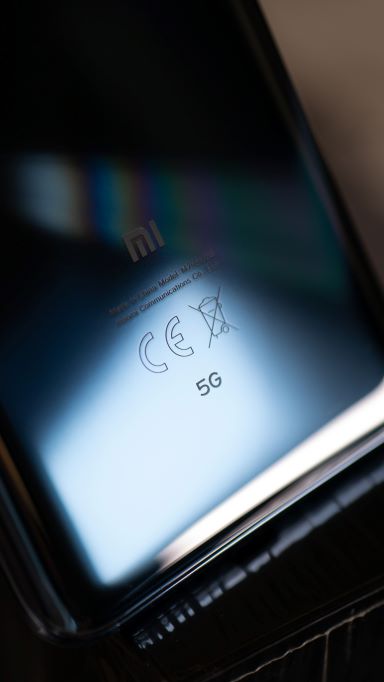By Hamish White, Founder and CEO, Mobilise
Telcos and consumers both require high-capacity, low-latency, high-speed connectivity of 5G. To unlock even greater value from communications networks – increased reliability, speed and coverage – 5G standalone (SA) technology is the way to go.
In effect we are seeing the emergence of two types of networks: non-standalone (NSA) and standalone (SA). The key difference is in their infrastructure: NSA networks build on the existing 4G network infrastructure, namely the 4G long-term evolution (LTE) core; whereas the SA network benefits directly from a 5G core. NSA unlocks some 5G capabilities, but with limited potential.
The 5G system
It’s important to look at 5G as a technology platform, rather than just a network. It has three subsystems: enhanced mobile broadband (eMBB), ultra-reliable and low latency communications (URLLC) and massive machine-type communication (mMTC), each using different features of 5G to offer specific services. For example, eMBB is used where high data rates are needed. This system builds on the applications that 4G already covers, like high-speed mobile connectivity for consumers, for example. Since eMBB doesn’t typically add new features but improves existing ones, it’s possible to port these applications on an NSA network with 4G LTE core.
In contrast, 5G’s other two facets — URLLC and mMTC — mainly intended for enterprise-focused applications that will require an SA network. SA networks are completely 5G – from the core to the radio air network (RAN) and the end device. SA 5G networks unlock URLLC applications that cater for latency-sensitive connected devices. 5G provides sub-millisecond latency and error rates lower than one packet loss in 100,000, making it over 99.999% reliable. This is a huge upgrade from 4G that sits at around 50ms latency, creating the opportunity for a new set of 5G URLLC-enabled business models.
Any application where data must be processed in real time will benefit from 5G URLLC: In smart factories, machine-to-machine (M2M) communication needs to be instant for seamless automation; in augmented reality (AR) scenarios, robots must perform operations exactly as tasked; and, in automotive, autonomous vehicles must react immediately to their surroundings. It is here that the sub-ms-latency 5G can deliver safety and commercial gains.
One million device capacity
Another key aspect of 5G unlocked by SA networks is mMTC, which connects low-power IoT devices in the thousands: 5G mMTC supports connection densities to one million devices per square kilometre – ten times greater than 4G. Such increased capacity enables infrastructure required for smart cities, for example, which will connect billions of sensors and systems. The collected data will be used to better manage the complex, interconnected ecosystem where road traffic, refuse collection, electricity distribution and more are made more efficient. These applications require an ultra-reliable, highly-available, robust and very low end-to-end latency network, which 5G can deliver. In addition, 5G SA networks will enable devices to operate in an expanded spectrum range, for increased capacity, allowing for more connections per square kilometre, removing limits on the number of devices that can be connected to the network.
Handling the risk
Adopting new technology, especially when still in the early stages, can be a risk. However, getting ahead is crucial. Mobilise offers consultancy on 5G strategy, and its proprietary GTM framework is adapted for 5G, offering a modular suite of end-to-end support services that enable operators to smoothly transition from 4G to 5G, build a new infrastructure including RAN, OSS and BSS, as well as solutions to maximise the benefits of data, analytics and AI.
Although early 5G adopters have primarily focused on NSA deployments leveraging their existing 4G assets, it is clear that with new and improved applications appearing across all industries, it’s not enough to just recognise the opportunities of 5G – moving to an SA architecture and implementing the technology required is essential to capitalise on 5G’s capabilities and unlock its full potential.









